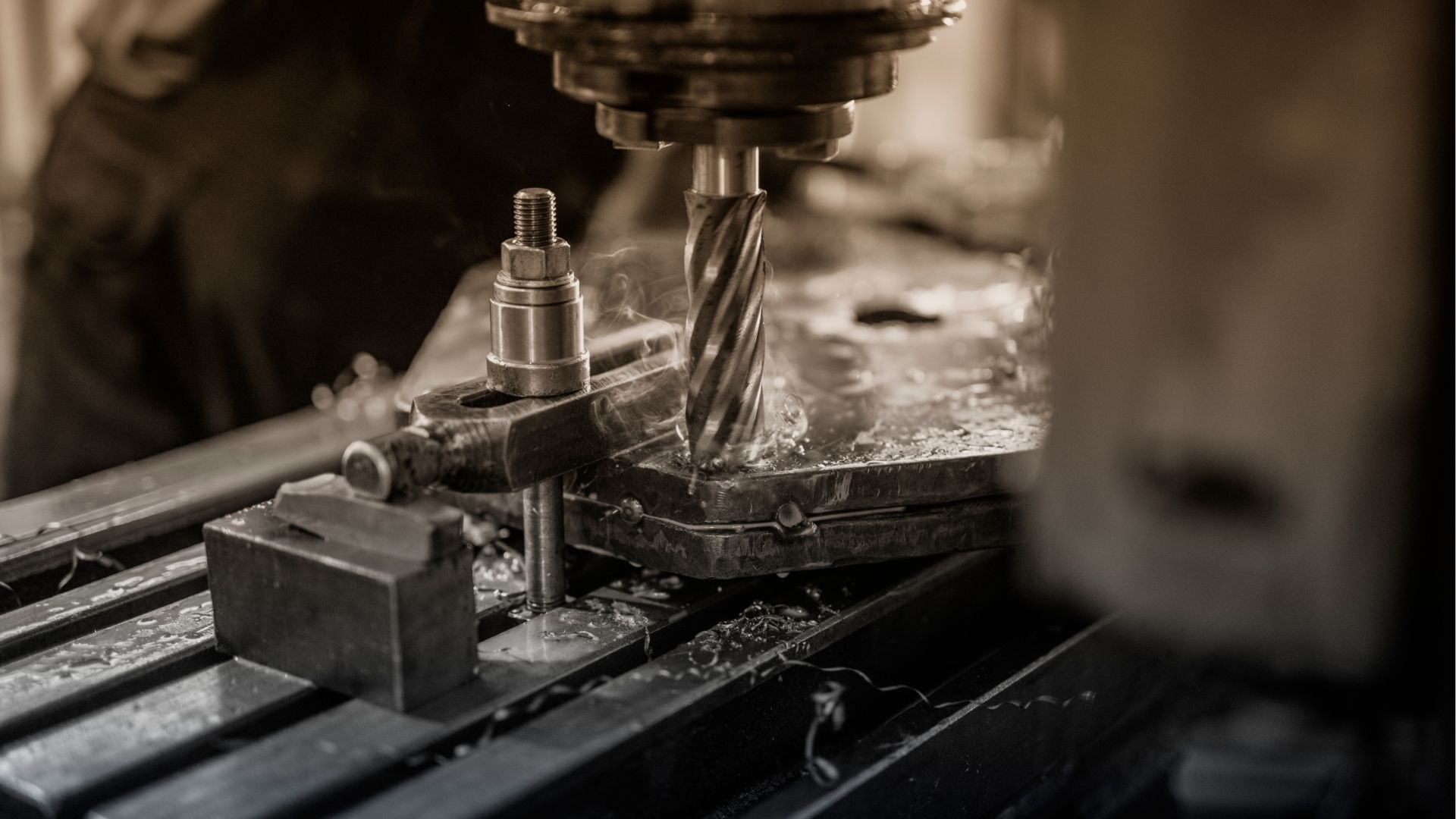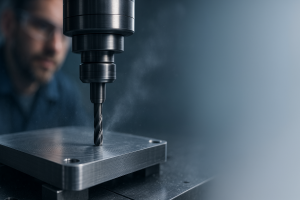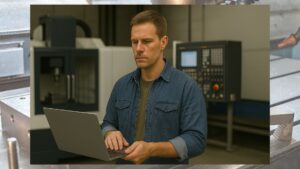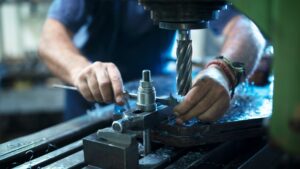
Table of Contents
CNC machining has changed how workshops and production lines operate when manufacturing complex parts with tight tolerances. Whether you’re working on short-run prototypes or high-volume parts, understanding the difference between 3-axis and 5-axis CNC machining can help you make better decisions for your next project.
Let’s examine how both systems work, where they’re used, and what you should consider before choosing one over the other.
What Is CNC Machining?
(Computer Numerical Control) CNC machining uses pre-programmed software to guide the movement and working of tools and machinery. Instead of being operated manually, these machines follow exact instructions to shape, cut, drill, and mill materials like metal, plastic, or wood. Queensland is experiencing growth in industries such as mining, aerospace, and medical manufacturing. For that reason, CNC machining Brisbane plays a massive role in local production. However, not all CNC machines are the same. The number of axes a machine can move along makes a big difference in the type of work it can handle. That’s where 3-axis and 5-axis setups are. In this guide, we are going to talk mainly about these two.What Is 3-Axis CNC Machining?
A 3-axis CNC machine operates along three linear directions: X (left to right), Y (front to back), and Z (up and down). This is the most traditional form of CNC machining and is still widely used across many industries. With MK CNC’s 3-axis machining, the main machine stays in place while the cutting tool moves along those three directions. It works well for parts that don’t require deep cuts at unusual angles or multiple curves on different planes.Typical Uses of 3-Axis Machining:
Here are some of the uses of a 3-axis CNC machine.- Basic milling tasks
- Drilling holes or slots
- Cutting flat surfaces
- Creating simple mechanical parts
What Is 5-Axis CNC Machining?
As the name suggests, 5-axis machining adds two extra movements to the previous three. These extra axes usually involve rotating the cutting tool or the table. The two extra axes that you get in 5-Axis are tilting and rotating. This means 5-axis precision machining can handle more complex shapes without you having to stop the system and manually reposition the workpiece. That’s a big time-saver and reduces the risk of human error during setup.Benefits of 5-Axis Machining:
Let’s see some of the advantages of MK CNC’s 5-axis machines.- More freedom to machine unique angles
- Fewer setups needed per part
- Higher precision for multi-surface work
- Better surface finish on curved parts


